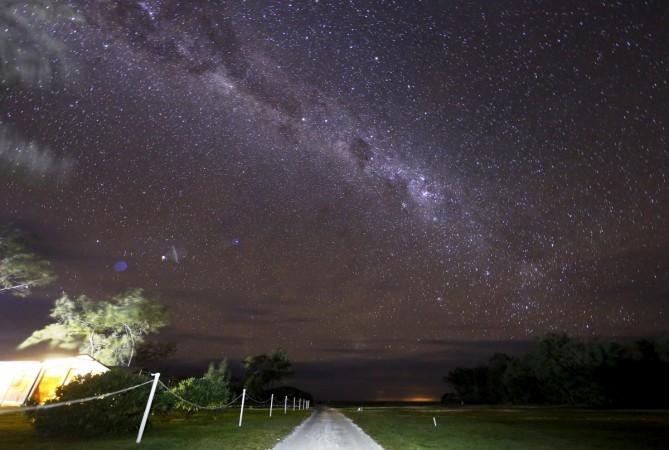
The Milky Way may have added more stars to its disk over the years by eating up some from nearby galaxies such as the dwarf Sagittarius galaxy, says a research study released by Harvard-Smithsonian Center for Astrophysics.
Half of the 11 farthest known stars in our galaxy- located about 300,000 light-years from Earth- may have originally belonged to the Sagittarius dwarf, one of the smaller galaxies abutting Milky Way, according to the study. The stars could have looped around our galaxy and finally become part of it as the Milky Way has more gravitation.
[READ: Stars merger prediction: Stellar explosion imminent in 2022]
Graduate student Marion Dierickx and Harvard theorist Avi Loeb simulated the movements of the Sagittarius dwarf over the past 8 billion years by using computer models and varied its initial velocity and angle of approach to the Milky Way to study the behaviour of the smaller galaxy.
"The starting speed and approach angle have a big effect on the orbit, just like the speed and angle of a missile launch affects its trajectory," said Loeb.
The study found out that the Sagittarius dwarf weighed about one percent of the Milky Way's mass at the beginning of the simulation but lost about a third of its stars and nine-tenths of its dark matter over time. It concluded that these changes led to formation of three distinct streams of stars in the outer-most disk of the Milky Way.
Five of the 11 farthest known stars in our galaxy have positions and velocities that suggest that they could have originally belonged to the Sagittarius dwarf while the six others could be from other dwarf galaxies, says the study.
These findings by Harvard-Smithsonian Center for Astrophysics have been accepted for publication in The Astrophysical Journal.














